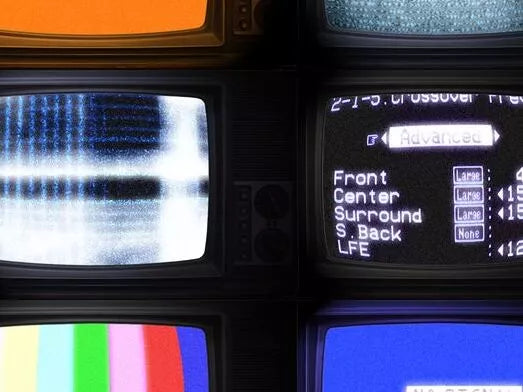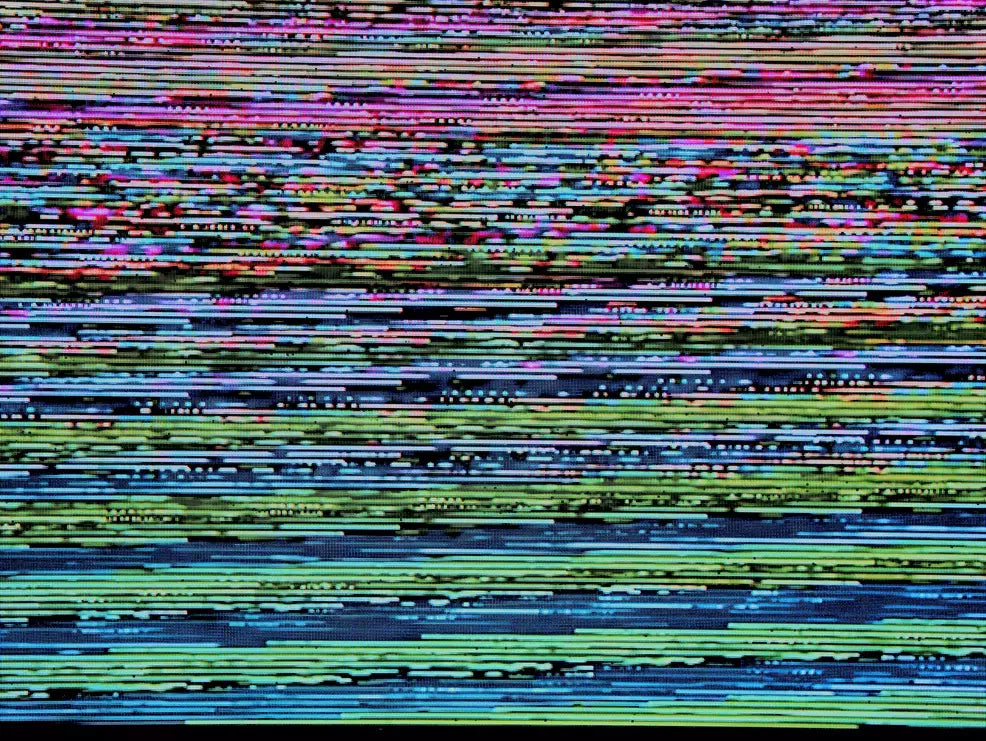There's something special about shooting on film. The look, the feel, the organic nature of the medium. It's no wonder that so many filmmakers are turning to film stock for their projects, despite the challenges that come with it. In this blog post, we'll explore some of the basics of shooting with film stock, including different formats, perforations, aspect ratios, and sensitivity. We'll also touch on some of the famous brands and types of film stock out there, to help you get started on your filmmaking journey.
Formats
There are three main types of film stock: 35mm, Super 16mm, and 8mm. Each has its own benefits and drawbacks, so it's important to choose the right one for your project. 35mm is the standard format for feature films, and it offers the highest quality images. However, it is also the most expensive to develop and process. Super 16mm is a good middle ground between 35mm and 8mm; it's less expensive than 35mm but still provides high-quality images. 8mm is the least expensive option, but it also produces lower-quality images. If you're just starting out in filmmaking, 8mm may be the best option for you.
Perforations
Film perforations are the small holes that line the edges of a strip of film. They help guide the film through a camera or projector smoothly and evenly. Film stocks vary in terms of perforation size; some have larger perforations while others have smaller ones. The size of the perforation will affect both the cost and quality of your footage. Larger perforations are more expensive but produce higher-quality images. Smaller perforations are less expensive but result in lower-quality images.
Aspect ratios
Aspect ratios refer to the width-to-height proportions of an image. The most common aspect ratio for films is 1.85:1, which is considered standard widescreen formatting. Other popular aspect ratios include 2.35:1 (anamorphic widescreen) and 1:33:1 (fullscreen). When choosing an aspect ratio for your project, keep in mind that different sizes will crop your image differently. For example, shooting in 1.85:1 will give you a narrower field of view than shooting in 2.35:1. Aspect ratios can be changed in post-production, but it's important to think about what you want your final product to look like before you start filming.
Brands of film stock
There are dozens of different brands of film stock available on the market today, each with its own unique characteristics. Some of the most popular brands include Kodak, Fuji, and Agfa. If you're just starting out, it's a good idea to experiment with different brands to see which one you like best. You may find that you prefer the look of one brand over another, or that certain brands work better for certain types of projects.
Starting out
The best starting point for photography and videography using film is to experiment. Try different brands, formats, aspect ratios, sensitivities, etc. until you find what works best for you and your project. Don't be afraid to ask for help from experienced filmmakers; they can offer valuable insights and guidance as you learn about this wonderful medium.



